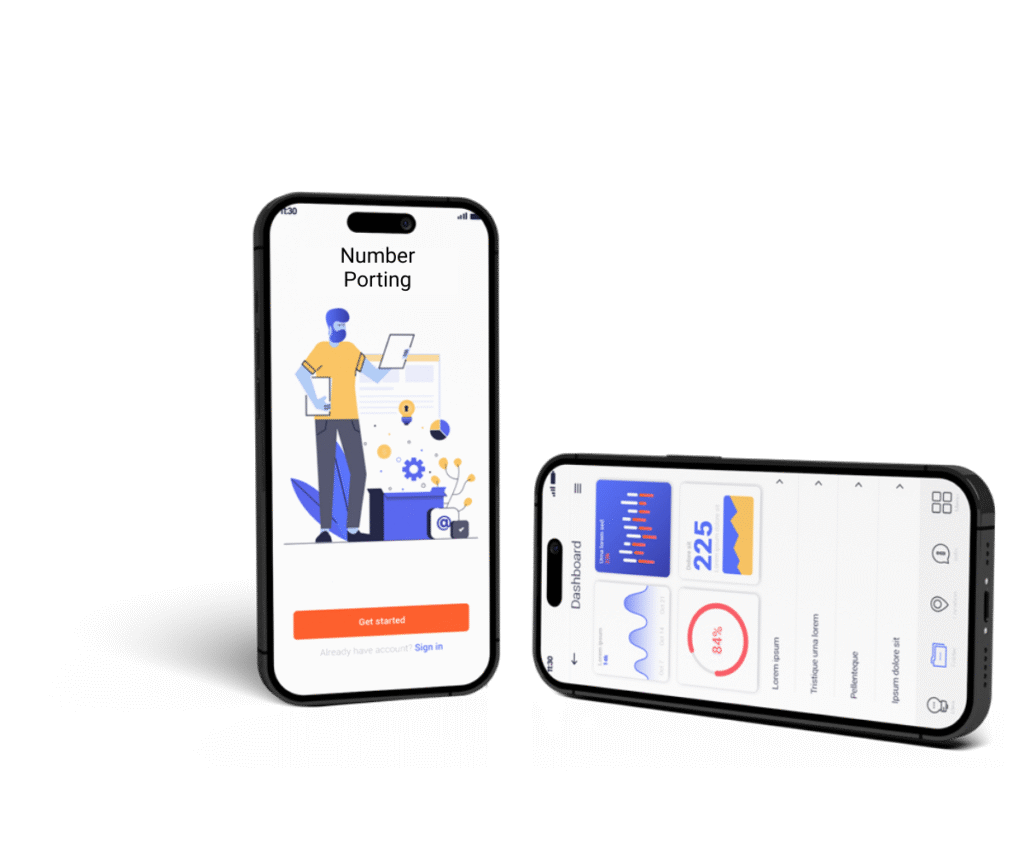In a world where smartphones reign supreme, the trusty landline phone, at least the copper landline we used to know, is gradually fading into obscurity. Companies like AT&T and Verizon want to be fully operational on newer fiber optic infrastructure within the next few years. Why? To replace aging copper wire-based systems with faster and more advanced technology such as fiber optics and ethernet that doesn’t integrate with old copper lines.
From bustling cities to remote towns, the era of the Plain Old Telephone Service (POTS) is changing as these copper lines are being phased out in many parts of the United States and Canada. This transition stems from a combination of factors, including:
- The obsolescence of analog infrastructure
- The rise of digital communication technologies
- A growing demand for flexible and mobile connectivity solutions.
Will Landline Phones Go Away in the U.S.?
Does the phasing out of copper infrastructure truly signal the end of the landline as we know it? It’s more likely that the term “ landline phone” as we know it is shifting, while rural communities with residents and small business owners that rely on copper lines for consistent communication will hold onto these relics longer than the rest of the country.
Despite the recent resurgence in affinity for landlines by Gen Z, recent statistics point to the slow shift that has been taking place with our telephone preferences over the past decade. According to Statista, in 2004, more than 90% of adults in the U.S. lived in a home that featured the famous twirly-corded wall phone (or some variation of it). That number, however, sank to less than 30% by 2022.
The decline of the landline will continue its downward trend. According to Gartner, about 100 million business and residential landlines remain in the U.S., but analysts with the firm suggest only 5% of landlines will remain by 2030. Recent developments driving the numbers include the 2022 FCC order that set the retirement of landline copper lines in motion, as well as recent requests from major carriers. This transition, though, requires significant investment in fiber infrastructure and expertise, as well as the careful management of legacy systems to keep all lines active during the transition.
Recent Cell Outages Raise Concerns Over the End of Landlines
The bottom line is providers are prioritizing modernizing infrastructure to keep up with the times and deliver more efficient and versatile communication services. Additionally, copper landlines can be costly and cumbersome to maintain. However, for some customers, the prospect of losing landline service comes at an even higher cost.
You’ve likely seen recent news surrounding AT&T and their request to no longer support landline service. AT&T is requesting to withdraw from providing landline support for most of its California and Illinois service areas, with other carrier coverage areas around the country likely to follow suit.
Further complicating matters was an AT&T cell outage last month that left thousands in the dark around the country and led them to wonder: Is reliance solely on a cellular phone the best idea?
There are real concerns, however, about what this phone shift means for rural areas in North America. Small businesses and hospitals still rely on fax machines in areas with little to no cell coverage. Rural residents and those over 65 will also likely be most affected by the move away from copper landlines. Even worse? When the internet goes down, the landline replacements that rely on internet-fueled VoIP affect those trying to call 911 during emergencies.
The Rise of Mobile Digits Isn’t Going Away
While the demise of traditional landline phones may signal the end of an era (especially for those nostalgic about the days when society wasn’t attached at all times to their cells), it also marks the beginning of a new chapter in the world of communication. As companies in the United States and Canada embrace the mobile revolution, they’re paving the way for a future where connectivity knows no bounds. From cloud-based phone systems to unified communications platforms, businesses are investing in innovative solutions that enable seamless collaboration and connectivity across all devices.
Despite recent cellular outages, mobility is still key. By transitioning from analog to digital signals, providers can leverage advanced technologies to enhance call quality, expand service capabilities and support a broader range of features and applications.
With smartphones, employees are no longer confined to their desks but can stay connected on the go. Whether it’s making calls, sending emails or attending virtual meetings, the convenience of having a pocket-sized communication device has transformed the way we work and communicate.
According to a report by TransNexus, the global adoption of Session Initiation Protocol (SIP), which enables VoIP, is on the rise and will continue to do so due to proven return on investment. As the industry continues to move towards SIP, service providers must focus on ensuring seamless integration between old and new systems, minimizing disruption and maximizing the potential of IP-based communications.
10x People: Meeting Carrier Needs for Evolving Numbering Needs
Overall, the push towards offering alternatives to traditional landlines reflects a broader industry trend toward digital transformation and innovation. By embracing digital communication technologies and diversifying their service offerings, U.S. providers can meet the evolving needs of customers in an increasingly connected world, while also positioning themselves for future growth and competitiveness in the marketplace.
With a suite of numbering solutions designed to address the challenges of phone number management, 10x People, a pioneer and leader in local number portability, provides cutting-edge software solutions for number management to meet those evolving needs. nVentory, for instance, offers an LNP gateway and integration with nPort SOA to simplify inventory updates. nPort is a cloud-based LNP solution that allows you to port phone numbers quickly, easily and efficiently.
Connect with 10x People today to learn more about our modern workflow-based number portability platform and our integrated solutions will work for you in today’s numbering world.


